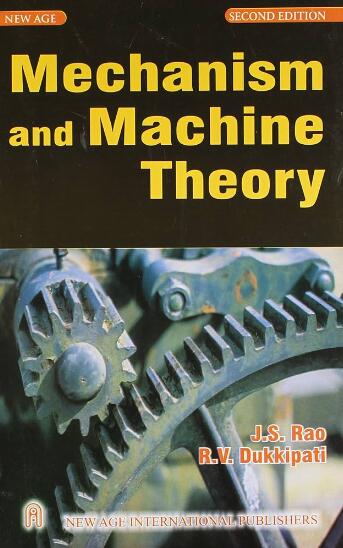基于拓扑流形的双球4r手性折纸机构参数化设计
IF 4.5
1区 工程技术
Q1 ENGINEERING, MECHANICAL
引用次数: 0
摘要
手性机制是由它们的镜像对称结构或运动特性来定义的,通常表现为螺旋形态。这些机构在折叠能力方面表现出色,允许结构实现紧凑的配置,并且具有可编程的机械性能。此外,它们可以实现线性和旋转运动之间的转换,从而对其潜在应用产生了极大的兴趣。尽管如此,这种机制的系统设计方法仍然不发达。拓扑流形为描述具有手性特征的折纸机制提供了一个重要的数学框架,为有效的设计方法奠定了基础。本文介绍了一种受折纸启发、基于球面流形的双球- 4r手性机构参数化设计方法。这些机制促进了两个完全折叠的配置和一个完全部署的配置之间的转换。提出的方法利用球面流形的独特属性,它独立于长度尺度约束。采用单一设计参数定义双球- 4r手性机构,实现二维平面轮廓和三维运动空间的调整。此外,本文还研究了手性折纸机构的设计参数与用n多边形表示的全折叠多边形轮廓之间的耦合关系。通过揭示控制双球- 4r手性折纸机构结构和运动特性的数学原理,该研究建立了设计参数与形态轮廓之间的明确联系。该框架为开发具有多种运动能力的可重构模块化手性折纸机器人提供了基础。本文章由计算机程序翻译,如有差异,请以英文原文为准。
Topology-manifold-based parametric design of dual-spherical-4R chiral origami mechanisms
Chiral mechanisms are defined by their mirror-symmetric structural or motion properties, typically exhibiting a helical morphology. These mechanisms excel in folding capabilities, allowing structures to achieve compact configurations, and are characterized by programmable mechanical properties. Additionally, they enable transitions between linear and rotational motion, generating significant interest in their potential applications. Despite this, a systematic design methodology for such mechanisms remains underdeveloped. Topological manifolds provide a critical mathematical framework for describing origami mechanisms with chiral characteristics, forming the foundation for an effective design approach. This paper introduces a parametric design methodology inspired by origami and based on spherical manifolds for creating dual-spherical-4R chiral mechanisms. These mechanisms facilitate transitions among two distinct fully-folded configurations and a fully-deployed configuration. The proposed methodology capitalizes on the unique attributes of spherical manifolds, which operate independently of length scale constraints. It employs a single design parameter to define the dual-spherical-4R chiral mechanisms, enabling the adjustment of 2D planar profiles and 3D motion spaces. Furthermore, this paper investigates the coupling relationship between the design parameters of chiral origami mechanisms and the fully folded polygonal profiles represented by n-polygons. By uncovering the mathematical principles that govern the structural and motion properties of dual-spherical-4R chiral origami mechanisms, the study establishes a clear connection between design parameters and morphological profiles. This framework provides a foundation for developing reconfigurable modular chiral origami robots with diverse motion capabilities.
求助全文
通过发布文献求助,成功后即可免费获取论文全文。
去求助
来源期刊

Mechanism and Machine Theory
工程技术-工程:机械
CiteScore
9.90
自引率
23.10%
发文量
450
审稿时长
20 days
期刊介绍:
Mechanism and Machine Theory provides a medium of communication between engineers and scientists engaged in research and development within the fields of knowledge embraced by IFToMM, the International Federation for the Promotion of Mechanism and Machine Science, therefore affiliated with IFToMM as its official research journal.
The main topics are:
Design Theory and Methodology;
Haptics and Human-Machine-Interfaces;
Robotics, Mechatronics and Micro-Machines;
Mechanisms, Mechanical Transmissions and Machines;
Kinematics, Dynamics, and Control of Mechanical Systems;
Applications to Bioengineering and Molecular Chemistry
 求助内容:
求助内容: 应助结果提醒方式:
应助结果提醒方式:


